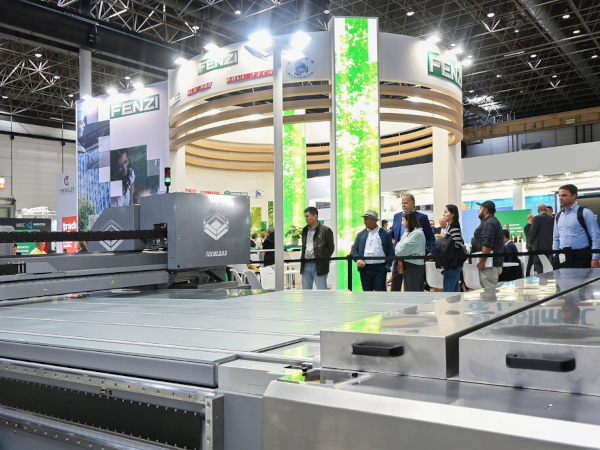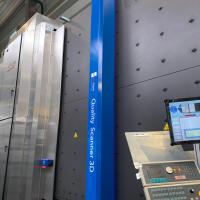Date: 1 July 2015
Research has shown that birds can see the reflection of trees or the sky in a window or glass curtain wall on a building facade, or see through the glass to trees and sky on the other side of a window or glass corridor.As a consequence, they fly into the glass often times at full flight speed resulting in injury or death.
Over the past several years, consumers, designers and manufacturers have become increasingly aware of such bird collisions. Estimates vary, but the numbers are astounding – ranging upwards of hundreds of millions of fatal impacts per year in the U.S. alone. Some communities have already taken steps to enact laws requiring better performance in protecting birds from collisions with buildings. San Francisco, Oakland, Minnesota, and Toronto have already enacted bird-friendly building codes.
The American Bird Conservancy (ABC) is studying how adding patterns on glass via silkscreen or etching affect bird collisions. Based on the tests, researchers learned that horizontal or vertical lines appropriately spaced are most effective in decreasing the number of collisions while still maximizing visibility through the window. The results also concluded that the effectiveness of these types of patterns is greatest when placed on the outer glass surface. With this orientation, a high efficiency sputter coated Low-E Glass can be used with the coating on the second surface of the insulated glass unit. This provides a bird-friendly glazing which is also very energy efficient.
One other form of “bird-friendly” glazing takes advantage of the fact that birds are able to see light in the ultraviolet spectrum. A patterned, UV reflective coating makes the glass visible to birds while remaining virtually transparent to humans. This approach maintains the aesthetic transparency of glass while creating visual markers alerting birds to a barrier. These patterns on the outer glass can be combined with low-E coatings on surface three in an insulated glass unit to provide enhanced energy performance as well as being bird friendly.
ASTM committee C14 on Glass (Subcommittee C14.08 on Flat Glass) – which includes flat glass manufacturers – is in the process of drafting a standard, under work item WK47853, Test Method for Bird Collision Deterrence Material Threat Factor, that will be used to test various glazing types and patterns for their ability to be detected and thus avoided by birds. This detection ability will be quantified by a Material Threat Factor (MTF) rating that measures the likelihood that birds will perceive the glazing and be deterred away from it. Once the MTF for a particular glazing and pattern is established, this value can subsequently be labeled on the glazing supplied to any building project to indicate its bird collision prevention capability.
In addition, the U.S. Green Building Council has introduced LEED Pilot Credit 55 (1 point), Bird Collision Deterrence, which recognizes creatively designed buildings that deter bird collisions. The credit is based on an index calculated as a weighted average of the building façade, using Material Threat Factors (MTF) for façade components as established by the ABC and ASTM test method. Per LEED SSpc55, if any material of a building façade has a Threat Factor above 15, then building-specific threat ratings must be calculated. The calculation looks at two regions of the building: that within the first three floors (Zone 1) and that above the third floor (Zone 2). No more than 15 percent of the glazed area in Zone 1 can have a Threat Factor higher than 75. Combining the Threat Factors of the two zones according to the provided formulae must yield a total building Bird Collision Threat Rating (BCTR) of 15 or less. The credit also requires certain design considerations for interior and exterior lighting and a three-year post-construction monitoring plan to verify the effectiveness of the building design in preventing bird collisions.









Add new comment